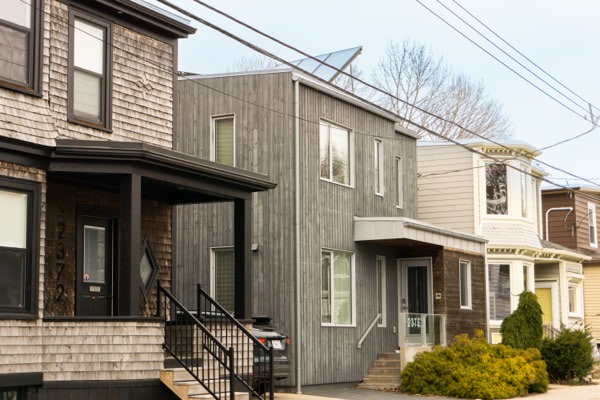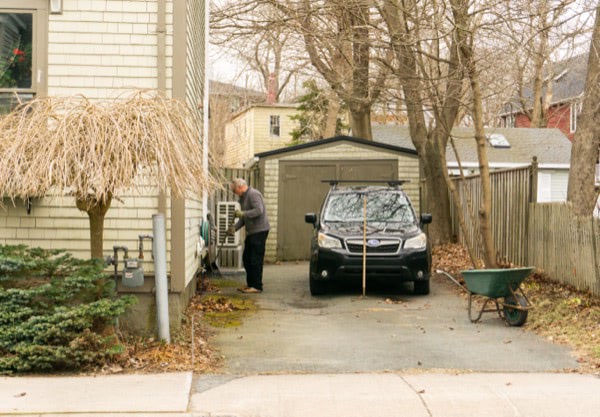Considering summer home renovations this year? Here are some home improvement and green energy projects to take on!

What is bridge financing?
When you decide to sell your current home and purchase a new property, you are playing the parts of both a buyer and seller. This can be an overwhelming experience, especially when it comes to working out the specific financial aspects. For many people, the purchase of their new home depends on the sale of their current property. This is where something called bridge financing comes in. Here are the important details to know about this product!
Understanding bridge financing
Bridge financing is a product used when someone purchases a new home, but has not yet closed on the sale of their current home. This happens quite often, because market conditions and timing can prevent sales from lining up perfectly. However, many current home owners plan to use the sale of their home to help finance their new purchase. How can they do that if they haven’t yet closed on that sale? This is where bridge financing comes in!
This financing really does act as a metaphorical bridge to help home owners close the gap between these two sales. It provides them with the financing to cover the purchase of their home until their other property is sold.
Who provides it?
Both conventional and private lenders can provide bridge financing. The lender you will use depends on your situation. If you have a firm closing date on the sale of your old home, and the purchase of your new home, a traditional lender is often able to provide bridge financing. This will be the lender you are working with during the home buying process. For this process, you will need to show proof of purchase and sale agreements. If you don’t have a definite closing date for the sale of your old home, this is when private lenders come into the picture. Since you do not have a firm sale, and therefore you cannot guarantee any amount of money, traditional lenders might not be willing to take this chance. Private lenders are more likely to provide bridge financing in these scenarios.
The benefits
The main advantage of a bridge loan is that it provides you with peace of mind when you buy and sell homes. You don’t need to stress over the closing date of your old property so you can use that equity to finance your new purchase. Bridge financing ensures you are covered during this period if there is a gap. This provides you with a lot of flexibility, so there is less stress during the buying process, which is already busy enough! Plus, securing bridge financing is usually a quick process. If your home sale is conventional, and you have a traditional lender, setting up this kind of financing should be fairly simple.
The drawbacks
Of course, there are a couple of drawbacks associated with bridge financing. For one, this product has higher interest rates than your traditional mortgage. Bridge financing is a short-term solution, so it is not meant to be used for a long period. In order to ensure lenders still benefit from this service, they tend to charge higher rates in exchange. Also, there is always going to be a chance that the sale of your current property doesn’t go as planned. If something happens and your home does not sell, you still have to find a way to repay the bridge loan.
Speak to a broker first
If you think bridge financing is something you need to consider, be sure to reach out to a mortgage broker first. We can make sure this is something your lender can provide, and that it is something you require. This is a unique product that deserves careful consideration. By letting a broker be part of this process, you are ensuring you will have the smoothest experience possible.
If you have any questions about your mortgage, get in touch with us at Clinton Wilkins Mortgage Team! You can call us at (902) 482-2770 or contact us here.


